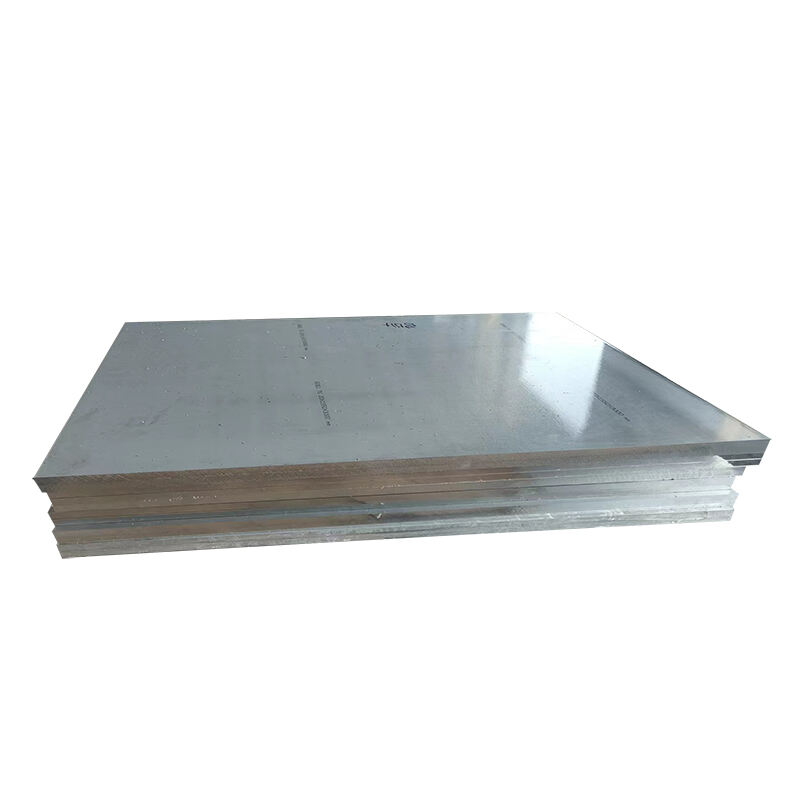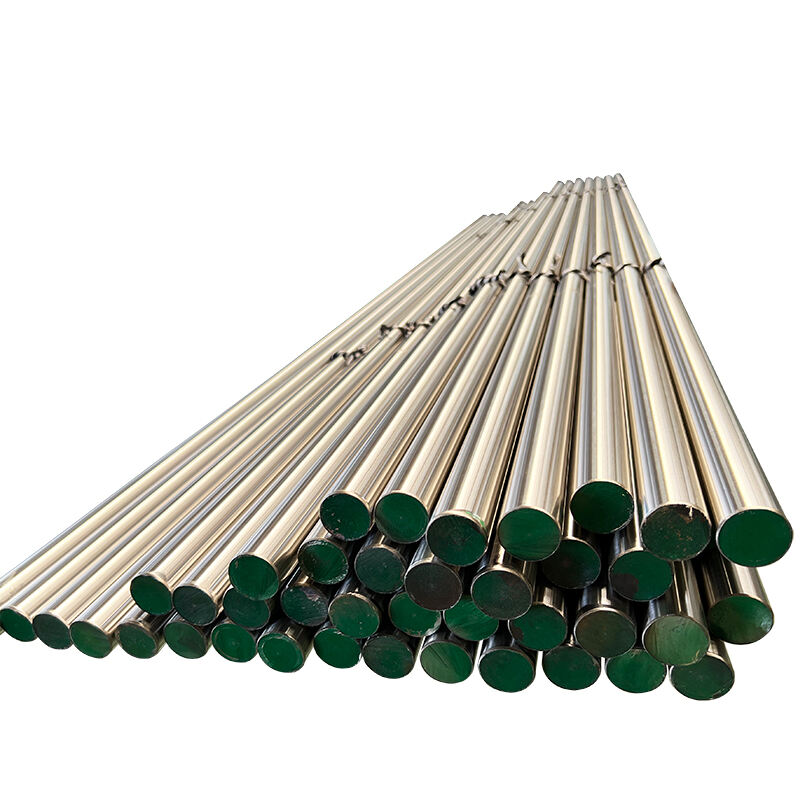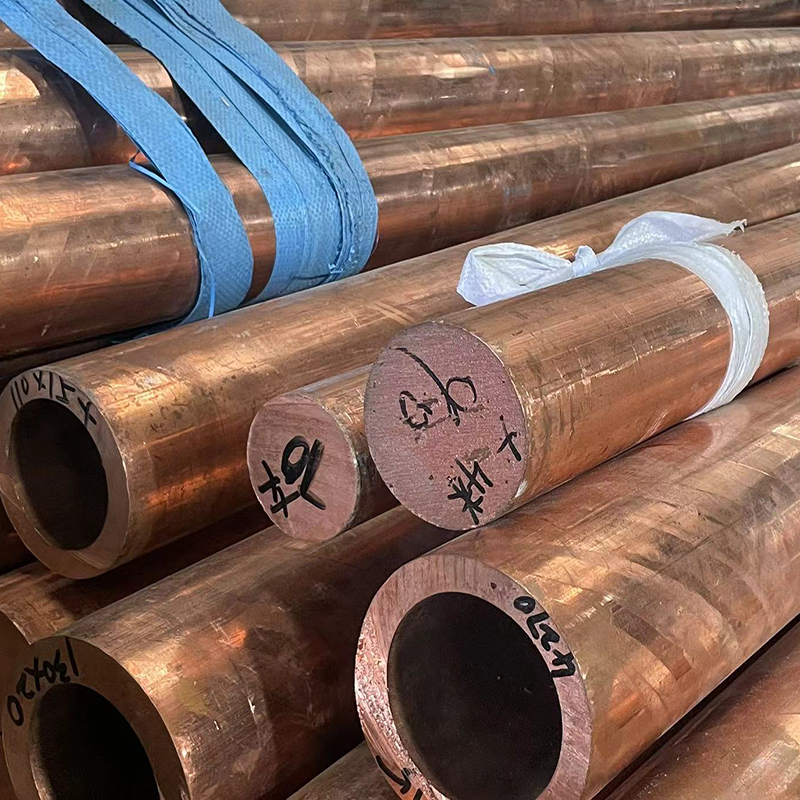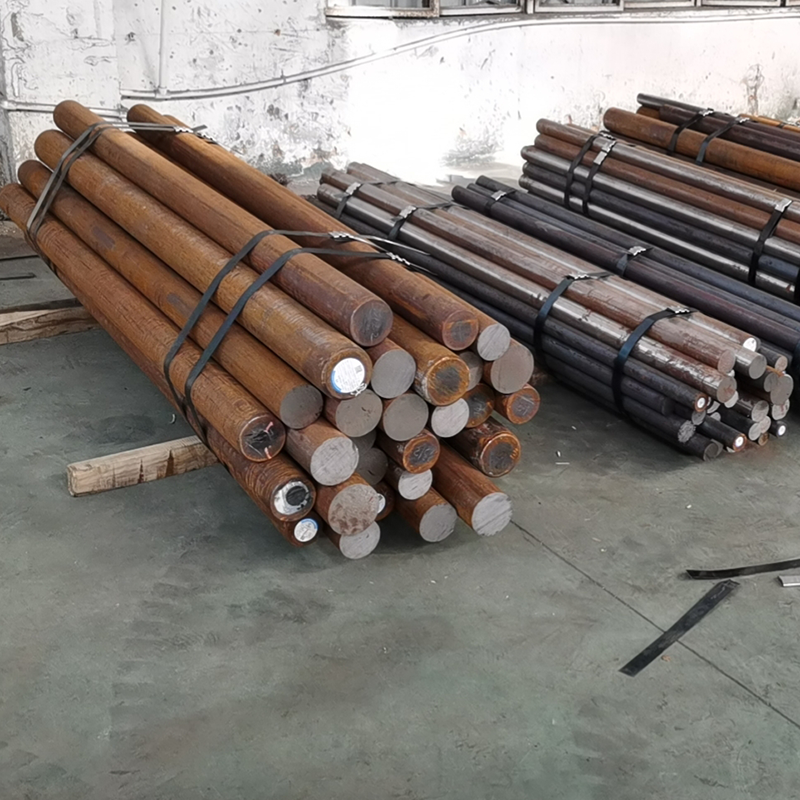i beam construction
I beam construction represents a fundamental advancement in structural engineering, characterized by its distinctive cross-sectional shape resembling the letter 'I'. This innovative design consists of two horizontal flanges connected by a vertical web, creating a highly efficient load-bearing structure. The upper and lower flanges resist bending forces, while the web handles shear stress, making it an ideal choice for various construction applications. Modern I beam construction incorporates advanced materials, primarily steel and sometimes reinforced concrete, ensuring optimal strength-to-weight ratios. These beams are precisely engineered to support heavy loads while maintaining structural integrity across spans of varying lengths. The manufacturing process involves careful consideration of load requirements, span distances, and environmental factors, resulting in beams that can be customized for specific applications. In commercial and industrial construction, I beams serve as primary support elements in frameworks, bridges, and large-scale buildings. Their versatility extends to residential construction, particularly in situations requiring superior load-bearing capacity. The standardization of I beam profiles has revolutionized construction practices, offering predictable performance and simplified design processes. Contemporary I beam construction also benefits from computer-aided design and manufacturing techniques, ensuring precise specifications and optimal performance in various applications.










